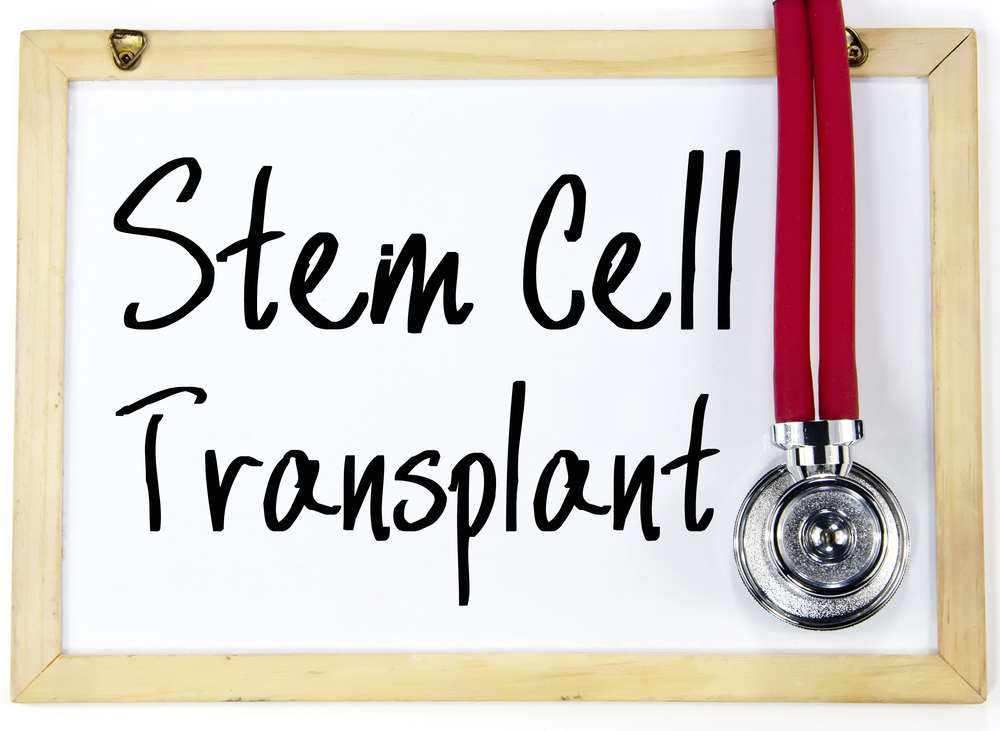Stem Cell Transplants of Greatest Benefit to RMS Patients at Earlier Disease Stages, Study Says

Stem cell transplants are most effective if done in young multiple sclerosis (MS) patients in early disease stages, who have not gone through several rounds of other treatments, according to a large study that followed transplant patients for more than five years. Study results also found that people with relapsing MS are much more likely to reap long-term benefits from the procedure than those with secondary progressive MS.
Findings, which are likely to inform patient selection for future clinical trials of the procedure, also underscored that autologous stem cell transplants can be risky, particularly for people with higher levels of disability.
Still, the study, “Long-term Outcomes After Autologous Hematopoietic Stem Cell Transplantation for Multiple Sclerosis,” showed that the overall outcomes following a transplant were good, with nearly half of all patients free of disease progression at five years. The work was published in the journal JAMA Neurology.
“This study is one of the largest to date looking at AHSCT [autologous hematopoietic stem cell transplantation] as a treatment for MS, and the findings offer some encouraging insights,” Dr. Sorrel Bickley, head of Biomedical Research at the MS Society in the UK, said in a press release. “It shows that AHSCT can slow or stop progression for many years, and [that] the treatment is most effective in people with MS who have ‘active inflammation’ in their brain and spinal cord.”
Led by researchers at Imperial College London, the observational study tracked 281 patients who underwent AHSCT across 25 centers globally between 1995 and 2006.
In contrast to many other studies, a large proportion of these MS patients, 78 percent, had progressive disease. And the majority of them had secondary progressive (SP) disease, so that 66.2 percent of the entire study group consisted of SPMS patients.
“We previously knew this treatment reboots or resets the immune system — and that it carried risks — but we didn’t know how long the benefits lasted,” said Dr. Paolo A. Muraro, the study’s lead author at Imperial.
“In this study, which is the largest long-term follow-up study of this procedure, we’ve shown we can ‘freeze’ a patient’s disease — and stop it from becoming worse, for up to five years. However, we must take into account that the treatment carries a small risk of death, and this is a disease that is not immediately life-threatening,” Muraro added.
The study followed patients for a median of 6.6 years after stem cell transplants, and some for up to 16 years.
Its main focus was the proportion of patients with progression-free survival, as well as measures of overall survival. But while the overall outcomes were good — with 46 percent having progression-free survival and an overall survival of 93 percent at five years — researchers noted that several factors influenced the treatment’s success.
Older people, patients with progressive disease, and those who had undergone more than two earlier disease-modifying treatments were more likely to have disease progression post-transplant, which the researchers defined as an increase of one point in the Expanded Disability Status Scale (EDSS) score at 12 months (0.5 points if the baseline EDSS score was ≥5.5) compared with pre-treatment scores.
The differences were not subtle. Relapsing patients had a progression-free survival of 73 percent at five years, while for SPMS patients that number was 33 percent.
During the 1990s, stem cell transplants focused on patients with severe disability. Since the study included patients from 1995 onward, it was also possible to assess the impact of higher disability levels on outcomes.
Overall survival post-transplant was 93 percent at five years and 84 percent at 10 years. But higher disability was also linked to poorer overall survival, as were older age, progressive disease, and high-intensity chemotherapy.
Eight patients, or 2.8 percent, died within 100 days of a transplant. In an interview with JAMA Neurology, Muraro commented on the mortality statistics, which are higher compared to other studies.
“We have to keep in mind that this study included patients who underwent transplant between 1995 and 2006, and at the time, the selection of patients included were much more advanced in their disease, and more aggressive treatments were routinely utilized,” he said. “These factors may have played a role in this high mortality.”
In an accompanying editorial, Michael K. Racke and Jaime Imitola, both MDs at Ohio State University, underscored that the study confirmed what has been observed in smaller studies — namely, that younger and less disabled patients fare better after a transplant.
Given that a large Phase 3 trial of AHSCT is in the planning stage, they suggested that findings will guide selection criteria for the trial. They also thought the findings will support the choice of a conditioning regimen — the chemotherapy treatment that precedes stem cell transplants — in that trial, Racke told JAMA Neurology.
“These findings are very promising — but crucially we didn’t have a placebo group in this study, of patients who didn’t receive the treatment. We urgently need more effective treatments for this devastating condition, and so a large randomized controlled trial of this treatment should be the next step,” said Muraro in the press release.
An observational study has its limitations, but Muraro pointed out that the observational nature was also the study’s strength.
“Unlike clinical trials, that adopt very selective criteria and choose only one type of treatment, this observational study that we published includes very broad and unselective criteria from multiple centers, he said. “Thus it reflects the practice at the time, but also gives a lot more information about variables that could not be really assessed in a more controlled trial setting.”






